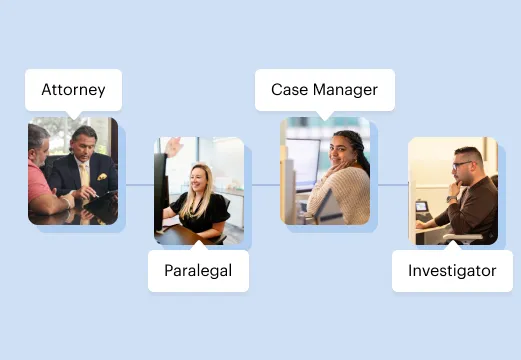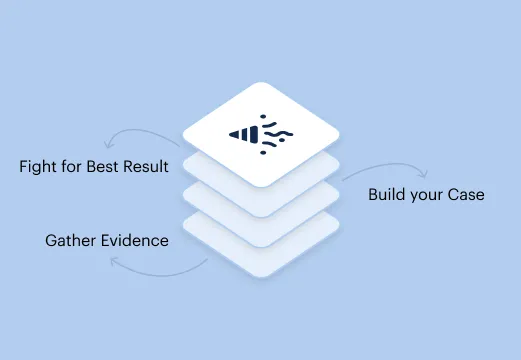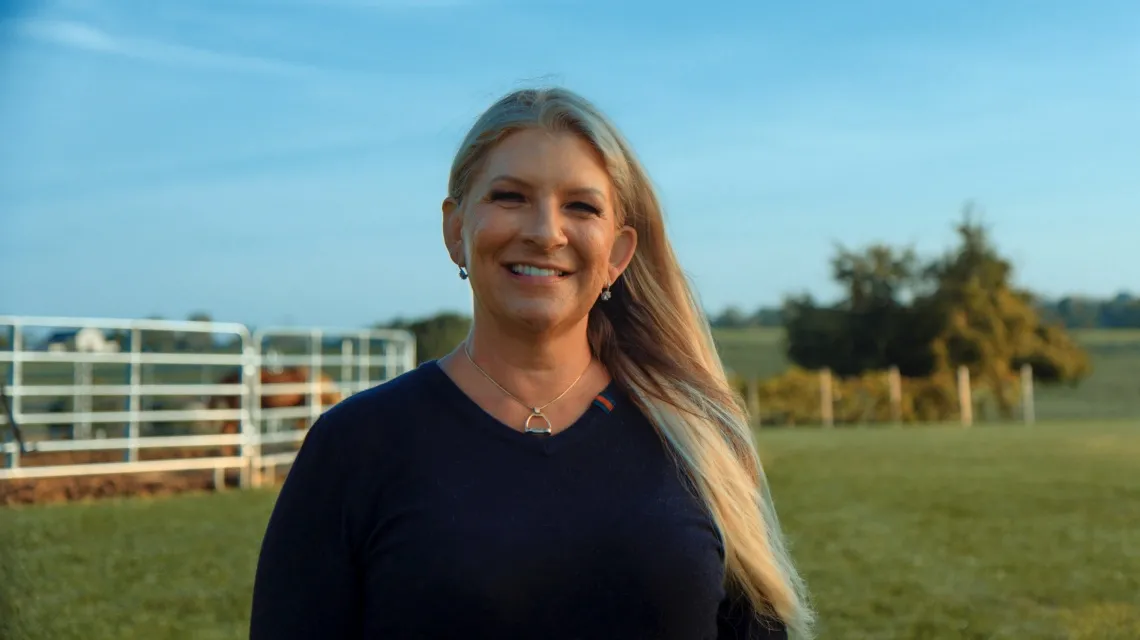Results may vary depending on your particular facts and legal circumstances. The attorney featured above is licensed in Florida. For a full list of attorneys in your state please visit our attorney page.
Aventura Isles Community Lawsuit
Fighting for every client with the power of America's Largest Injury Law Firm.
Results may vary depending on your particular facts and legal circumstances. The attorney featured above is licensed in Florida. For a full list of attorneys in your state please visit our attorney page.
Personal Injury Lawyers
We’re proud to fight for our neighbors. Meet the attorneys from your community.
100,000+ Five Star Reviews
The reasons why clients trust Morgan & Morgan.
Based on select nationwide reviews.
Results may vary depending on your particular facts and legal circumstances.
Our Results
Results may vary depending on your particular facts and legal circumstances.
How It Works
Focus on your recovery. We'll take care of the rest.

Submit your free evaluation
Start your claim

Meet your legal team

We fight for more
Results may vary depending on your particular facts and legal circumstances. The attorneys shown in these photos may not be licensed in your state. To find an attorney licensed in your area, please visit our attorney page.
Local Care
Backed by America’s Largest Injury Law Firm.
$25 Billion
Recovered for clients
nationwide700,000+
Clients and families
served1,000+
Attorneys across
the country1
Click may change your life
The attorney featured above is licensed in Florida. For a full list of attorneys in your state please visit our attorney page.
Results may vary depending on your particular facts and legal circumstances.
Get answers to commonly asked questions about our legal services and learn how we may assist you with your case.
New Aventura Isles Homeowners Defrauded
After acquiring the site, the developers of the Aventura Isles property had full knowledge of the contamination. Our lawsuit alleges that the developers did not follow local regulations and record restrictions in the community's property deeds. Instead, developers covered up the environmental contamination of the soil.
Between 2012 and 2014, Williams Island Ventures sold all of the homes pre-construction, using the standardized Purchase and Sale Agreement. Nowhere in this agreement did the developers disclose the parcel’s history of contamination or the potential drawbacks of these defects, including:
- The development was built on contaminated land;
- The development had contaminated groundwater;
- DERM was supervising the remediation and containment of the contamination, which would create ongoing costs for homeowners;
- DERM demanded further testing;
- DERM required that Williams Island Ventures record a restrictive covenant that would bind purchasers to the terms and obligations described above;
- The remediation process remained open and pending with DERM;
- Plaintiffs would be responsible for future environmental cleanup and other remediation expenses; and
- Plaintiffs would be exposed to legal liability vis-à-vis neighboring landowners.
It was not until 2016 — after they had sold all the homes for over $165 million — that the developers admitted in a submission to DERM that, due to unspecified “errors,” all the homes were sold without the required disclosures.
“By failing to record and disclose,” the complaint states, “Defendants wrongfully deprived Plaintiffs of the chance to make a meaningful choice for themselves and their families in the face of uncertain health and liability risks.”



